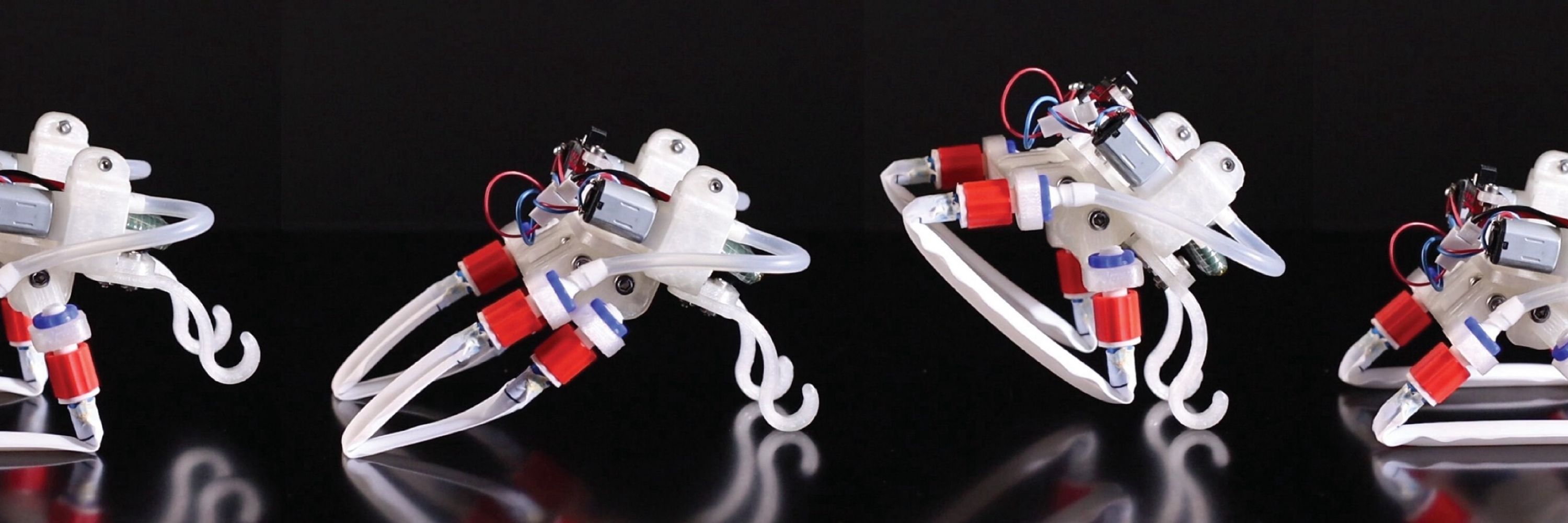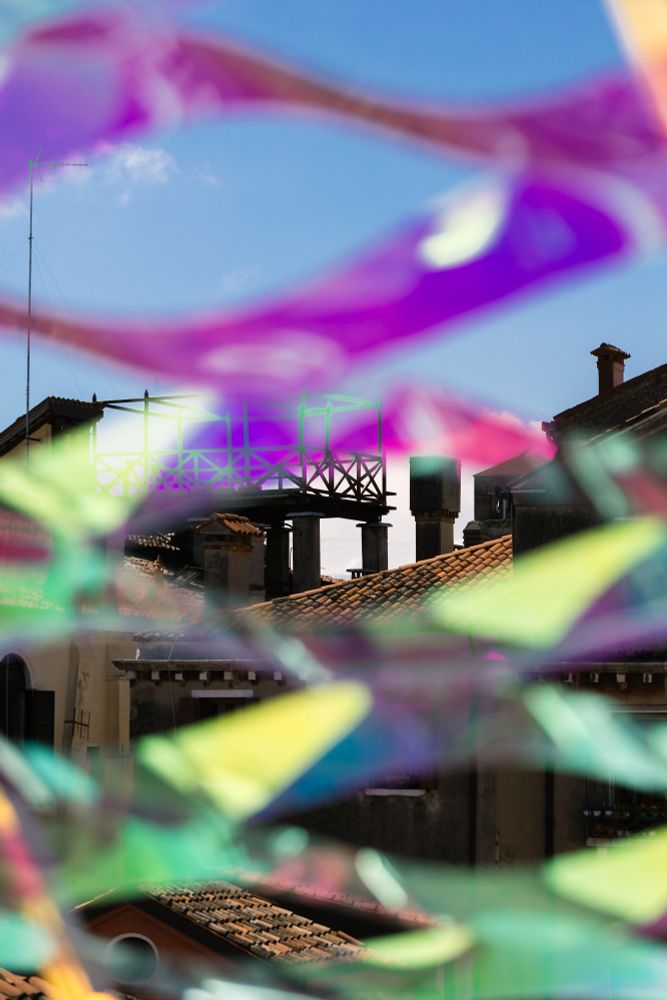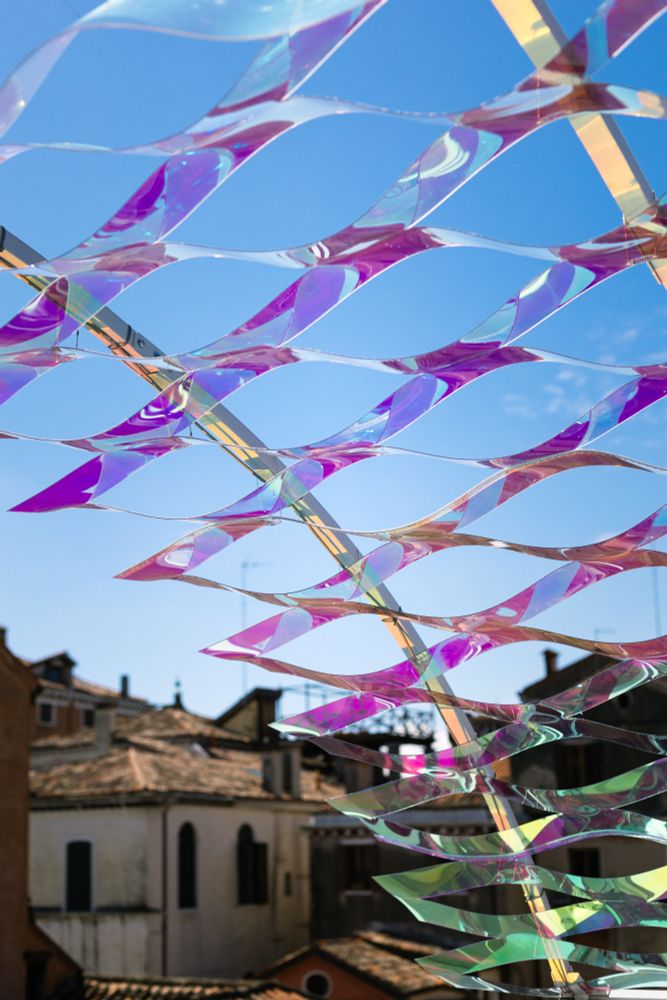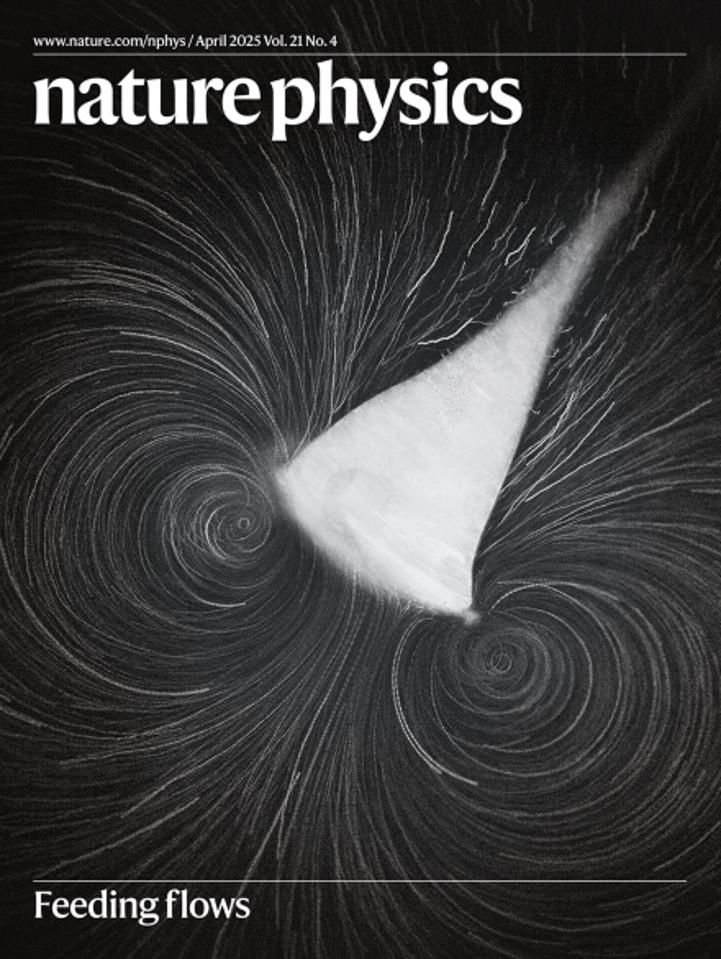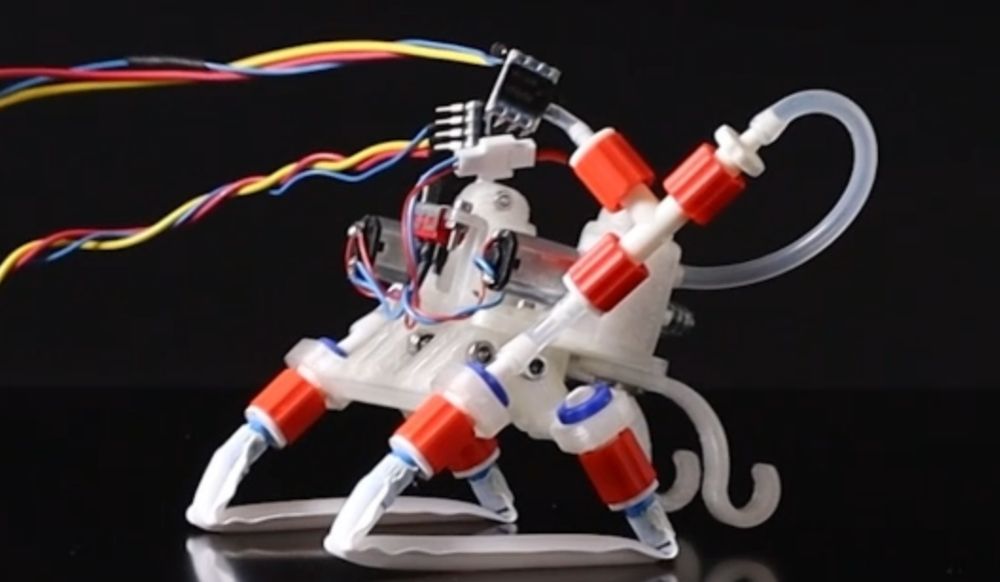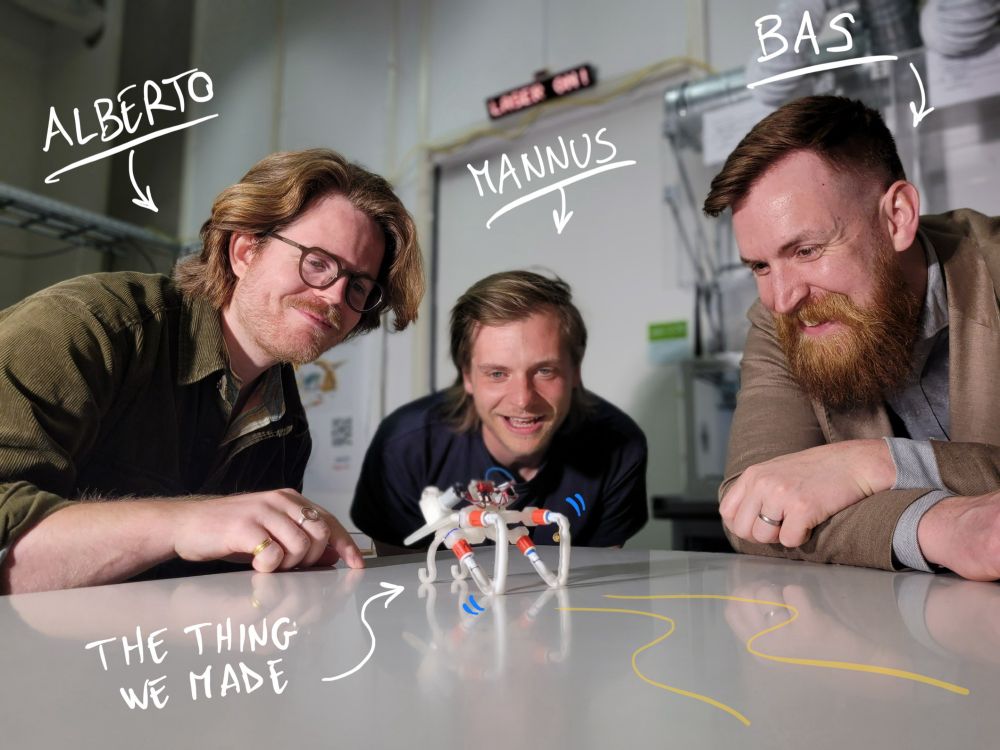Alberto Comoretto
@albertocomoretto.bsky.social
69 followers
59 following
29 posts
Postdoc at KU Leuven.
I research squishy machines and autonomous soft matter 🦠 🤖
Inflatables 🎈 fluidics 🫧 mechanical instabilities ⛓️💥 and self-oscillators 🌀
https://www.albertocomoretto.com/
Posts
Media
Videos
Starter Packs
Pinned
Reposted by Alberto Comoretto
Reposted by Alberto Comoretto
Reposted by Alberto Comoretto
Reposted by Alberto Comoretto
Reposted by Alberto Comoretto
Reposted by Alberto Comoretto
Reposted by Alberto Comoretto
Reposted by Alberto Comoretto
Reposted by Alberto Comoretto
